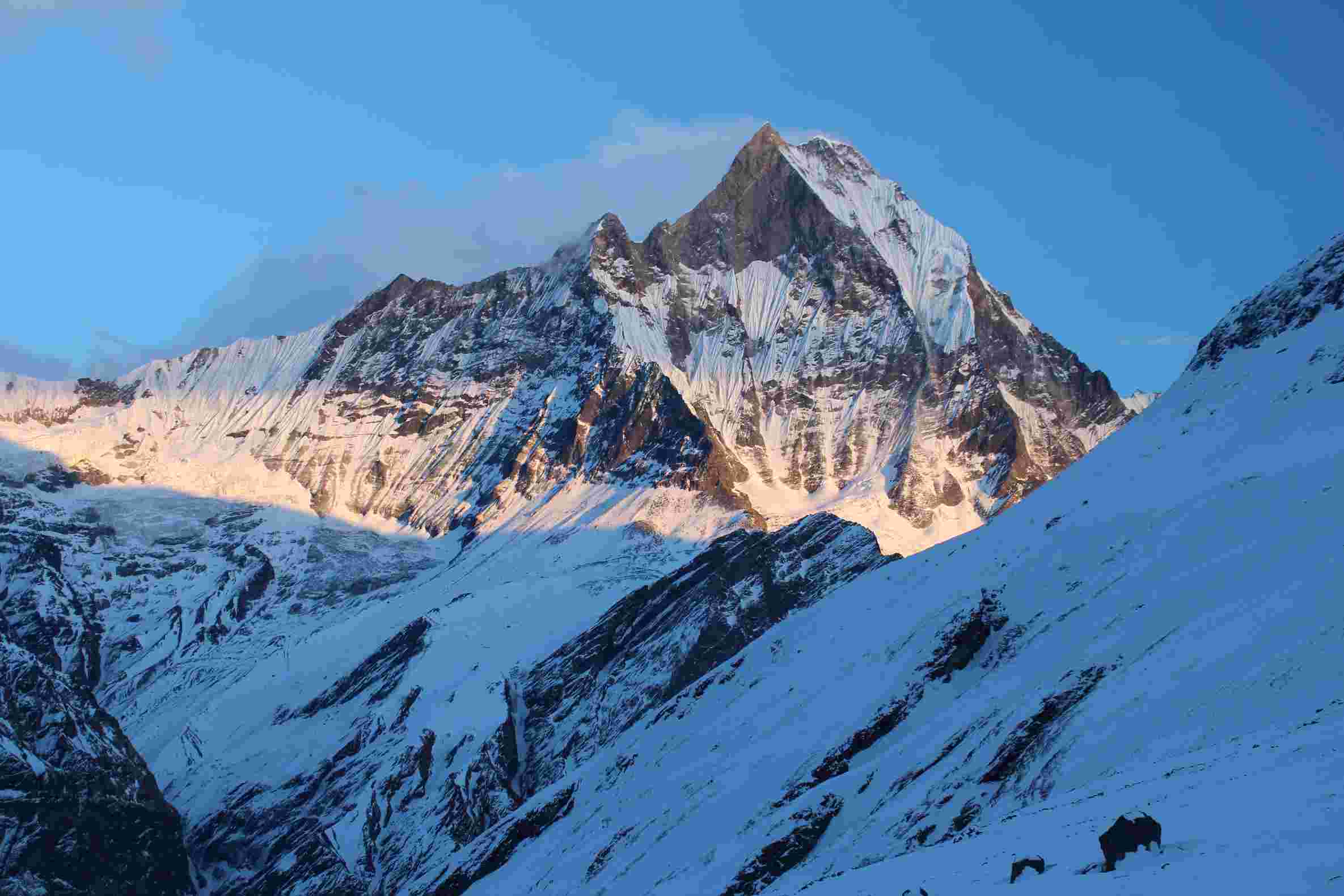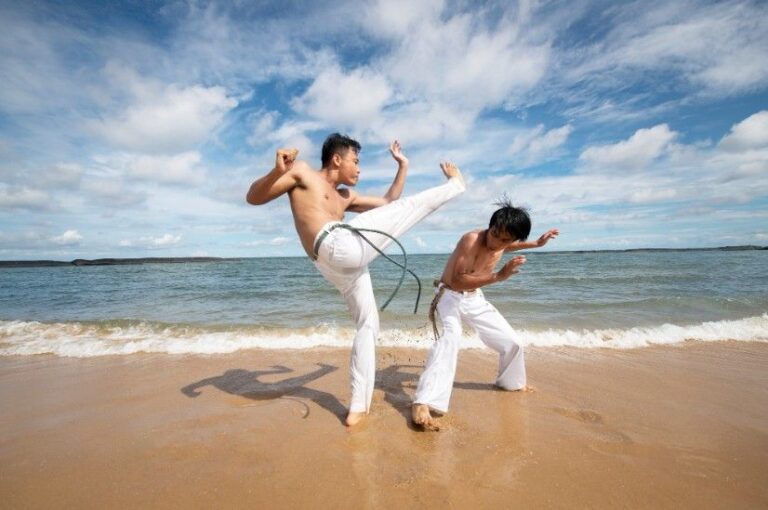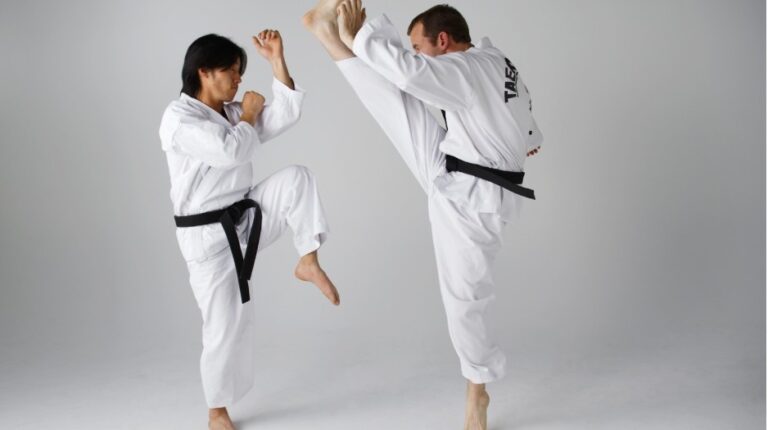The Matterhorn, that striking, pyramid-shaped rock towering over the Swiss Alps, is an iconic symbol of mountaineering. Its peak, visible from miles around, calls to climbers from all over the world. But after summiting this legendary mountain myself, I can tell you firsthand: it’s not all Instagram glamour and adventure. Sure, it’s one of the most beautiful mountains you’ll ever set your eyes on, but climbing it? Well, that’s a whole different story.
Here’s the real truth behind what it’s like to summit the Matterhorn, and why it might not be the dream climb it seems.
1. The Constant Threat of Rockfall
Let’s start with the obvious: rockfall. As you make your way up the mountain, the terrain is loose and crumbly, making it all too easy for rocks to dislodge and fall—often without warning.
At the height of 4,478 meters (or 14,692 feet), the Matterhorn height makes it one of the tallest peaks in the Swiss Alps, but it also means the rocks that fall can gain quite a bit of speed. Even with a helmet, this is no laughing matter.
One wrong step, and you could be dealing with falling debris. It’s one of the many Matterhorn dangers that climbers need to prepare for.
2. Unpredictable Weather That Can Turn Deadly
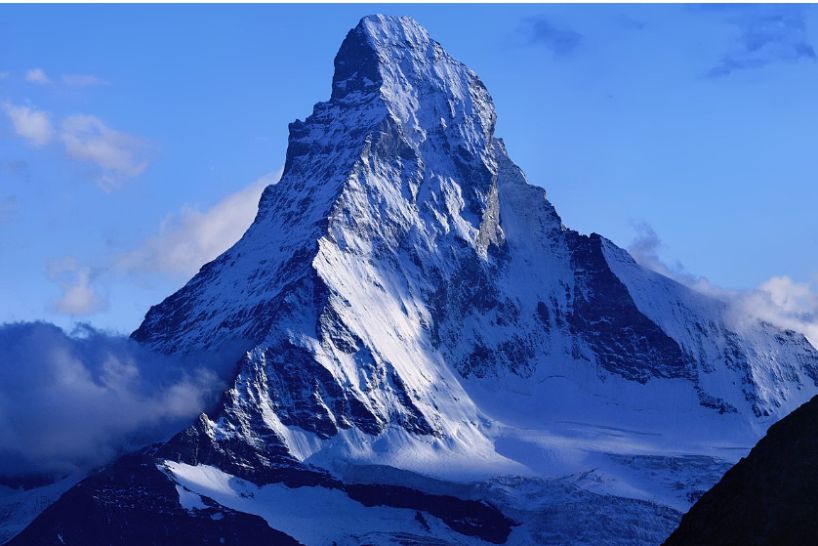
The weather on the Matterhorn mountain is a force of its own. You can start your climb in sunshine and warmth, but in an instant, the Matterhorn climate can change, with clouds rolling in and temperatures plummeting.
During my ascent, I found myself fighting not only the cold but also blizzards, wind, and visibility that dropped to near zero. These sudden changes in weather make it essential to stay prepared and always be ready to turn back if the storm clouds threaten.
3. The Dangers of High Altitude
At 4,478 meters, how high is the Matterhorn? High enough to cause altitude sickness if you’re not careful. As you gain elevation, your body starts to struggle with the lack of oxygen. You’ll feel dizzy, nauseous, and, for some, the altitude can even lead to hallucinations.
It’s easy to underestimate the effect of altitude on your body, but Matterhorn altitude can quickly turn your dream climb into a nightmare if you’re not acclimated properly.
High Altitude Cerebral Edema (HACE) is no joke. It’s a real risk that could derail your ascent if you’re not paying attention to your body’s signals.
4. Overcrowding on the Mountain
Here’s a reality check: if you think the Matterhorn climb is going to be a peaceful, solitary journey, think again.
The Matterhorn has become a bucket-list climb for people from all walks of life, and on summer days, climbers line up like they’re at an amusement park. I found myself in long queues, waiting to get past bottlenecks on narrow ridges.
It wasn’t just frustrating—it was dangerous. When you’re climbing a mountain with serious risks, having so many people in the same place can make things go south quickly.
5. It’s Not Just a Hike, It’s a Technical Climb
You might think that hiking the Matterhorn will be like a challenging walk in the park. But in reality, it’s more like a full-on rock climb.
It’s not just about putting one foot in front of the other—it’s about mastering crampon techniques, rock climbing skills, and rope systems. This isn’t a casual mountain walk; this is a serious technical climb.
If you’re not experienced in these techniques, you’ll find yourself struggling. And don’t even get me started on the ice axes and harnesses you’ll need.
6. Grim Statistics: The Death Toll
More than 500 climbers have lost their lives trying to reach the summit. It’s a mountain that doesn’t forgive mistakes.
As much as I wanted to push through, there were times when the risk felt real. The Matterhorn is one of the most deadly mountains in the world, and it doesn’t take long to understand why.
Matterhorn deaths happen more often than you might think, and it’s not just from falling—it’s from the extreme conditions, the challenging descent, and the mental toll the climb takes on you.
7. The Cost of the Climb
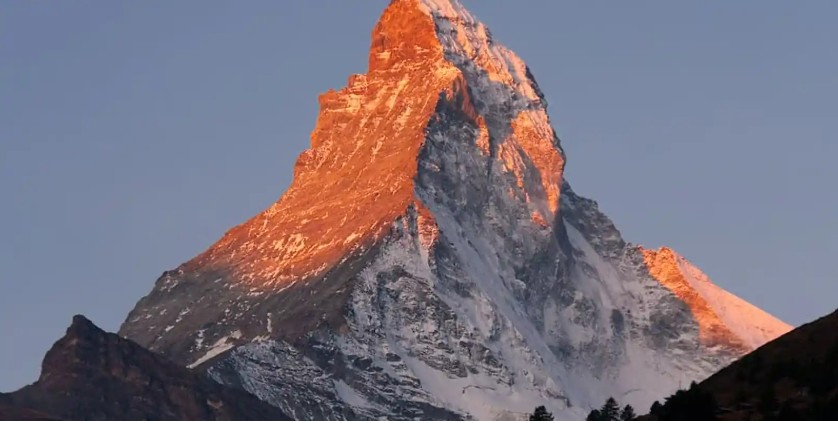
Don’t get me wrong, climbing the Matterhorn is an experience like no other, but it doesn’t come cheap.
Between the guides, permits, gear, and accommodation in places like the Hörnli Hut, you’ll find that this climb can quickly drain your bank account.
Factor in insurance and travel expenses, and you’re looking at a trip that costs more than most people’s vacations.
8. Physical Fitness Is a Must
Climbing the Matterhorn summit isn’t for the faint of heart. The physical demands are intense. The climb can take 10–12 hours or more, and it’s a nonstop push, with no real breaks.
You need to be in top physical shape if you want to make it to the top. If you don’t have the stamina to keep moving steadily up and down, the climb could turn into a dangerous situation.
I found myself drawing on every bit of strength and endurance I had—this is a mountain that will push you to your limits.
9. Slow and Risky Rescue Operations
When you’re on a mountain as dangerous as this one, you don’t want to rely on rescue teams to get you out of trouble.
The Matterhorn mountain isn’t easy to access, and in bad weather, helicopters can’t always fly. Guides can’t always predict what will go wrong, and when things start to go south, you’ll often be stuck waiting for help.
The rescue process is slow, and there’s no guarantee that you’ll get out unscathed.
10. Environmental Impact of Heavy Traffic
With more climbers flocking to the Matterhorn each year, there’s an undeniable toll on the environment. The Matterhorn hike can cause serious erosion, and even small missteps off the trail can damage delicate alpine plants. I found myself constantly trying to stay on designated routes and be mindful of my impact.
If you care about sustainability, consider that the Matterhorn may not be the most eco-friendly choice for your next climb.
11. The Mental Strain of the Ascent
The physical challenge is one thing, but the mental breakdowns that can occur on the Matterhorn are no joke.
Fear, fatigue, and the overwhelming sense of danger all pile on as you ascend. It’s easy to feel alone up there.
The pressure to keep moving, even when your body is telling you to stop, is intense. Climbing a mountain this big is as much a mental test as it is a physical one.
12. The Descent Is More Dangerous Than the Ascent
You might think the summit is the hardest part, but the descent off the Matterhorn summit is where most accidents happen.
By the time you start heading down, your muscles are shot, your mind is tired, and it’s easy to lose focus. If you think climbing is the hard part, just wait until you experience the long, treacherous descent.
The summit ridge may be exhilarating, but descending the Matterhorn is where most climbers make mistakes.
13. A Short Climbing Window
You only have a narrow window for climbing the Matterhorn—typically from July to early September.
Outside of that window, the mountain’s conditions are too dangerous to attempt, with snow, ice, and unpredictable weather.
So, if you miss that short window, you might have to wait until next year—or forever.
14. Navigating Bureaucracy and Permits
Navigating the logistics of climbing the Matterhorn isn’t a walk in the park. From permits to insurance to communication with the mountain guides, there’s a lot of red tape to get through.
And don’t even get me started on the language barrier—you’ll be dealing with documents in German, Italian, and French. If you’re not prepared for the administrative side of things, you could find yourself stuck before you even start the climb.
15. Difficulty Accessing the Mountain Without a Guide
Many routes are off-limits without an experienced guide, and having the wrong one can be disastrous.
I found myself relying heavily on my mountain guide to navigate the most technical sections of the climb.
It’s worth it to spend the extra money and time finding a guide who knows the Matterhorn summit like the back of their hand.
16. Unpredictable and Expensive Gear Requirements
Climbing the Matterhorn requires specialized gear—ice axes, crampons, harnesses, and more.
Not only is this gear expensive, but you also need to know how to use it correctly. Without the proper gear or training, this climb is an accident waiting to happen.
17. The Risk of Inexperienced Guides
Choosing the wrong guide can be deadly. Some guides may not be properly equipped or skilled enough to navigate the Matterhorn north face or the climbing routes.
It’s essential to vet your guide carefully to ensure they have the experience necessary to guide you safely to the summit.
18. Safer Alternatives Offer the Same Rewards
If you’re set on climbing mountains, there are safer alternatives out there. Mont Blanc, Gran Paradiso, or even Monte Rosa are all stunning peaks that offer similar challenges without the death-defying risks. There’s no shame in choosing a mountain that’s a little less dangerous.
19. Social Media Clout Isn’t Worth the Danger
Let’s be honest: many people climb the Matterhorn for the ‘Gram, and to be part of the Matterhorn for one brigade. But when you really weigh the risks—the altitude sickness, rockfall, and hectic descent—you have to ask yourself: how many likes is a helicopter evacuation worth?
Bonus Round: What Climbers Don’t Tell You
Many Matterhorn climbers downplay their struggles (because, well, ego). But behind those summit selfies lie tales of terror, blisters, hallucinations, and moments of real danger. You won’t hear that in the Facebook album.
The Bottom Line: The Matterhorn Is a Beast
In the end, the Matterhorn climb is not for everyone. But for those who are up for the challenge, it’s an experience that will test every part of you. If you’re determined to go for it, be prepared. Train hard, hire a top-rated guide, and make sure you understand the Matterhorn facts before you go. It’s a mountain that demands respect.
And if you’re not sure if you’re up for it? You can always enjoy the view of the Matterhorn mountain from a comfortable café in Zermatt, with a hot espresso in hand and your feet firmly planted on the ground.
Also Read: Jimmy Mooney net worth
FAQ: Climbing the Matterhorn
1. How many climbers have died on the Matterhorn?
Since its first ascent in 1865, climbers over 500 have lost their lives on the Matterhorn. The mountain remains one of the deadliest in Europe, with an average of 8 to 10 fatalities annually. Many of these deaths occur during the descent, often due to falls or sudden weather changes.
2. Has anyone ever fallen off the Matterhorn?
Yes, numerous climbers have fallen from the Matterhorn. In a single week in 2024, three climbers fell to their deaths, highlighting the mountain’s inherent dangers. Falls often occur on the descent, sometimes due to fatigue, inexperience, or sudden weather changes.
3. Can a normal person climb the Matterhorn?
The Matterhorn is not a good place for beginners to climb. Advanced alpine mountaineering abilities are needed, such as the capacity to climb rocks and ice, utilize crampons and ice axes, and manoeuvre across exposed terrain. In addition to having past experience with technical climbs, climbers should be in top physical condition.
4. What is the difficulty of climbing the Matterhorn?
The Matterhorn is regarded as a technical alpine climb, requiring prior knowledge of 50-degree snow/ice slopes and 5th-class rock climbing. Over 4,000 feet of technical climbing make up the ascent, which is very hard on the body. Climbers should have the ability to move effectively in alpine conditions and be ready for extended periods of time spent on steep terrain.





